Enjoy a Fun Ride at Home!
A Journalist with 30 Years of Experience Views It This Way.
Tour de France 2024 #01
*TOP Photo / The Tour de France Uses One-Lane D Roads (Equivalent to Prefectural Roads in Japan) © A.S.O. Pauline Ballet
The Tour de France, which takes 23 days to circle around France in the middle of summer, gained attention in Japan after being featured in the documentary program ‘NHK Special’ in 1985. Riders race across the harsh Alps and Pyrenees, striving for the single yellow jersey, the Maillot Jaune. Like the Hakone Ekiden, there are both good and bad sections, which creates drama. Naturally, it captivated the hearts of Japanese sports fans and had such an impact that it sparked a road bike boom in Japan.
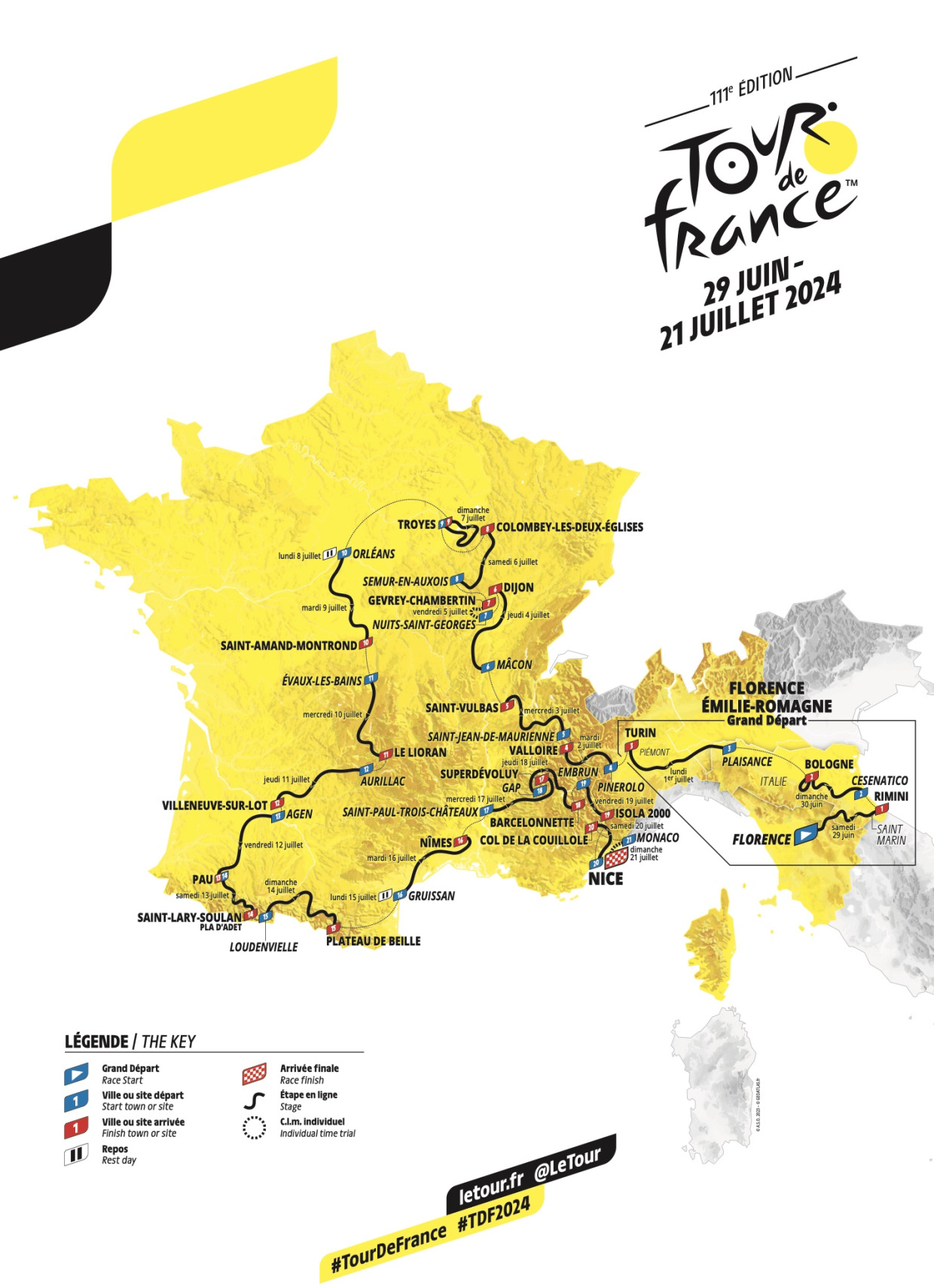
I am the writer in charge of this article, and I have been reporting on-site since 1989. I first learned about the Tour de France from the book ‘Paddington Goes to France’ in the ‘Paddington Bear’ series by Michael Bond, which I found in my elementary school library. It was an extraordinary story where Paddington accidentally ends up participating in the Tour de France and wins a sprint prize.
Table of Contents
1. What is the Tour de France?
2. This is France!
3. The Reason for Beauty and Crashes
1. What is the Tour de France?
The Tour de France has various awards, and the deeper you delve, the more interesting it becomes. However, the most important aspect is extremely simple. Every day, a race starts all at once, like a marathon, and the time taken up to that day is calculated. The rider with the lowest total time becomes the leader and wears the Maillot Jaune. The rider who dons the Maillot Jaune at the end of the 23-day race is the overall individual winner.

The Tour de France has become the world’s largest cycling race precisely because it is set in France. This country is filled with beautiful natural landscapes and historical buildings that appear in Western history textbooks. To top it off, the race is held during the vacation season. Every year, the French eagerly await the race as a summer festival and cheer on the riders with admiration.

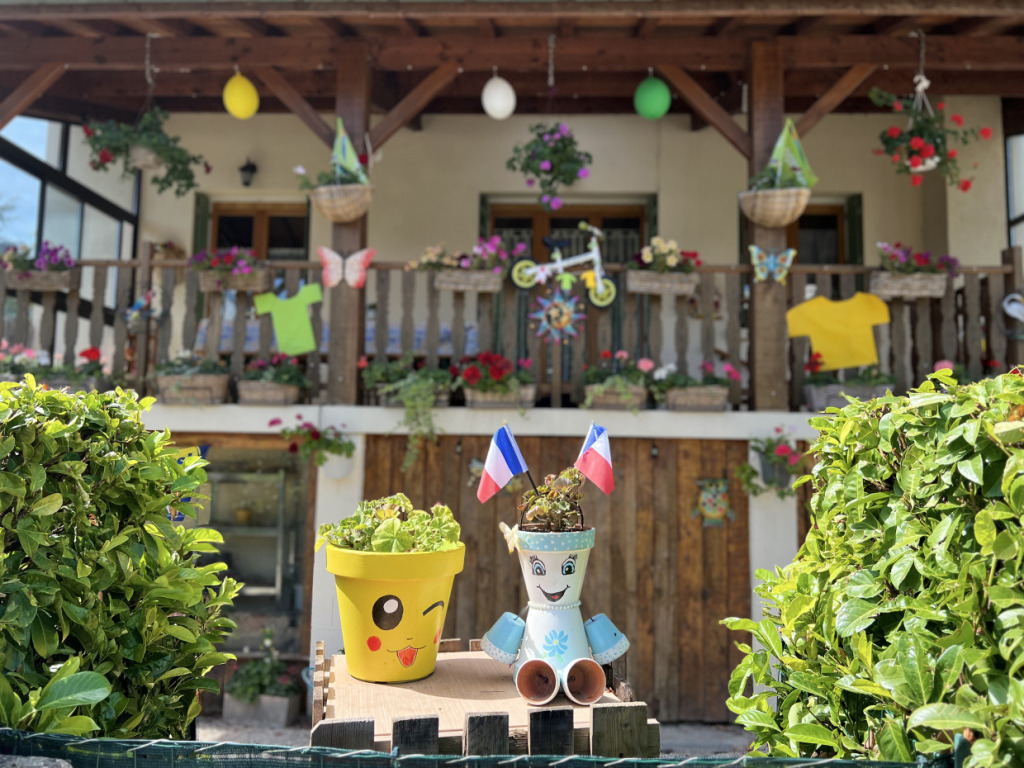
The total distance for 2024 is approximately 3,500 km. There are 22 teams of 8 riders each, totaling 176 professional cyclists. The total prize money is 2.3 million euros (about 400 million yen). The international broadcast reaches 190 countries worldwide. In Japan, J SPORTS broadcasts the entire event live, and subscribers can also watch on-demand when convenient. Additionally, there are multiple days of free broadcasts during the period, so it’s worth checking the schedule.
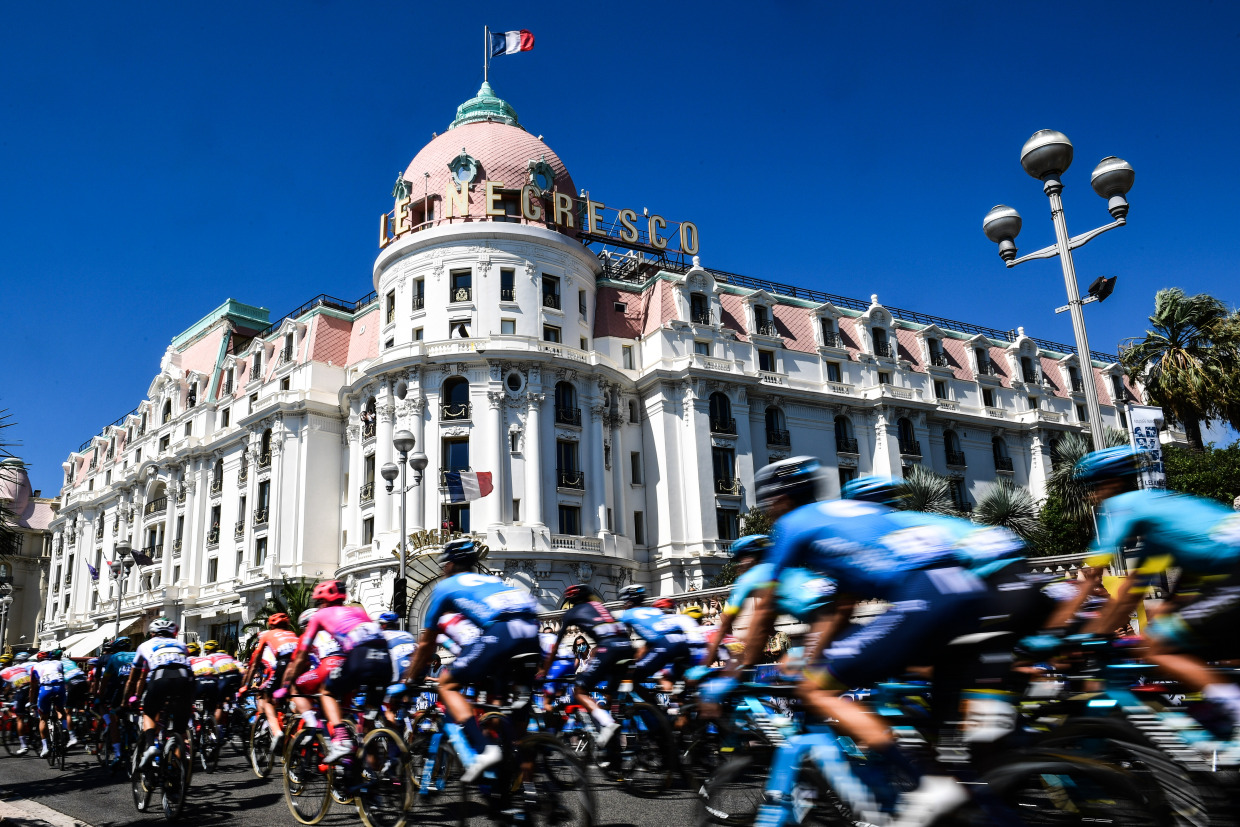

2. This is France!
Now, when watching the Tour de France broadcast, I’d like to list specific points that would be useful for those who enjoy cycling as a DO sport to know.
The Tour de France footage often includes extensive aerial shots using helicopters. In France, helicopter regulations are more relaxed compared to Japan, allowing them to take off and land almost anywhere. This flexibility allows for dynamic filming, capturing players’ movements over sloped meadows or tennis courts. Skilled pilots enable dynamic tracking of the athletes.
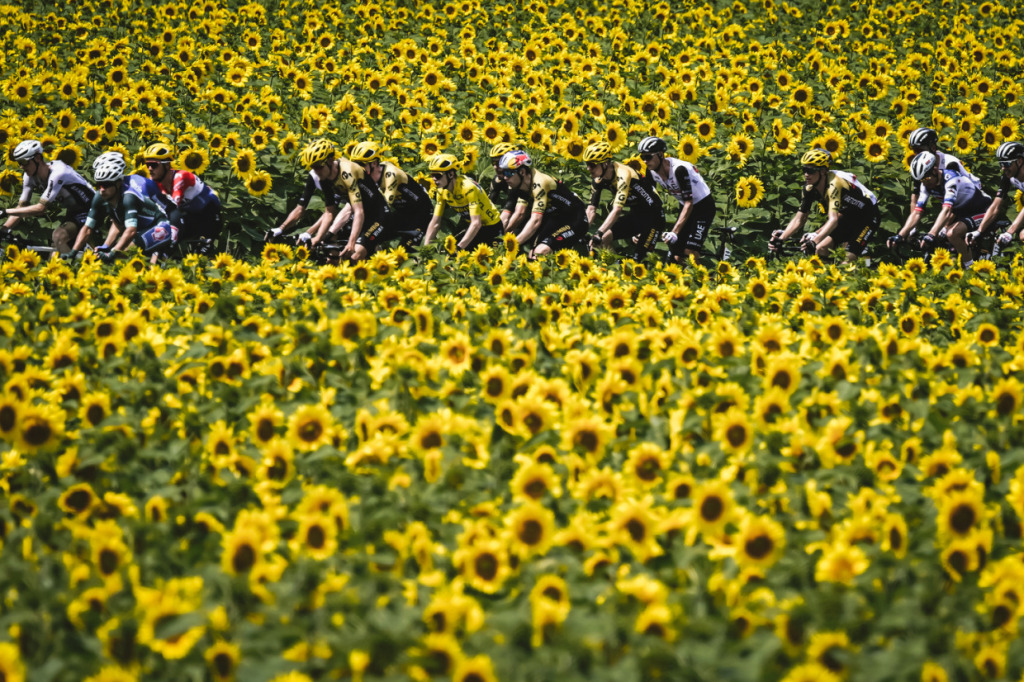
When there are tourist spots along the route, they are always introduced with captions. This is because various heritage organizations in France sponsor the event to promote the country’s diverse heritage. With numerous UNESCO World Heritage sites scattered throughout France, watching the cycling race footage feels like taking a virtual trip. Many Japanese fans of the Tour de France and its cyclists have been drawn in by such visuals.
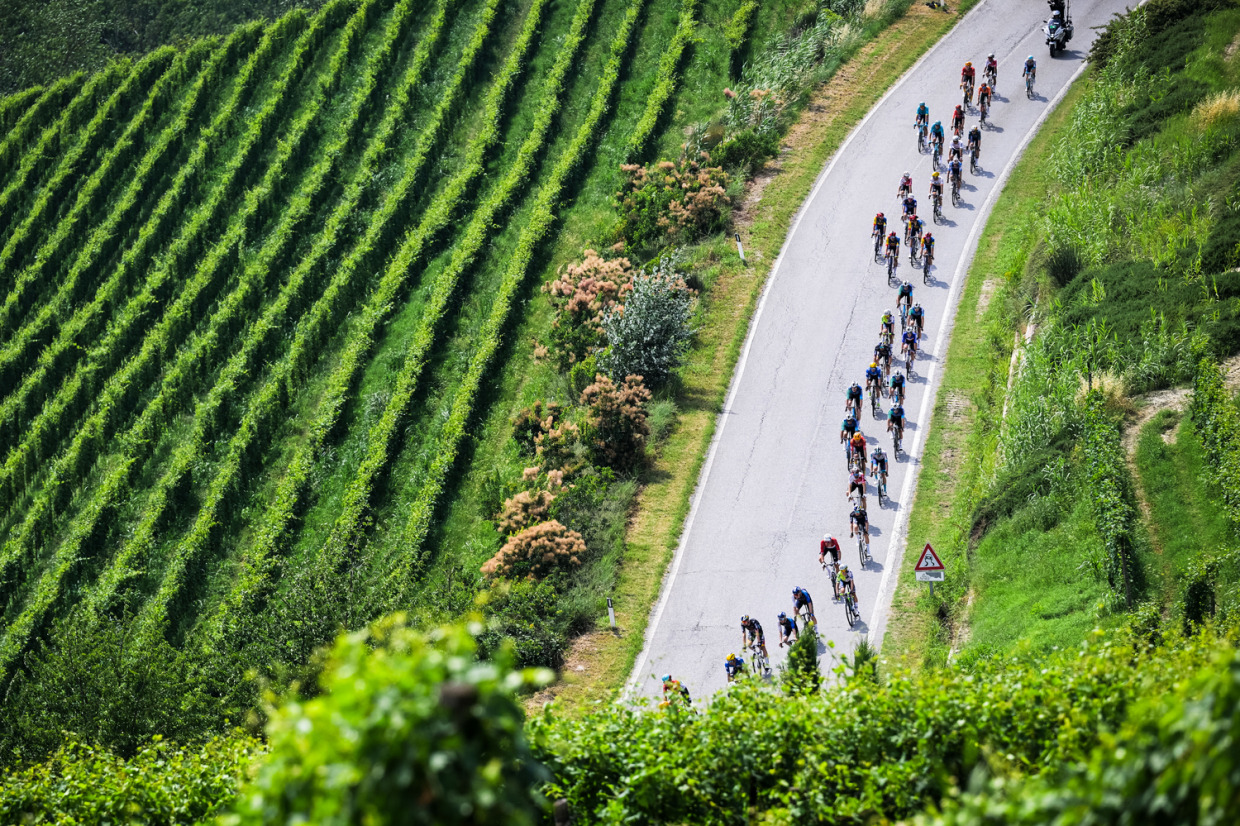
3. The Reason for Beauty and Crashes
Footage from above clearly shows the movements of the riders. The way they navigate through roundabouts known as ‘rond-point’, splitting and curving left and right, can be mesmerizing. On flat stages where sprint finishes are expected, you might notice these ‘rond-point’ have been removed and replaced with new asphalt pavement. The Tour de France doesn’t hesitate to make such changes. However, overseas, they are generally more cautious. The reason for the increased crashes when the Tour de France ventures abroad may be related to these differences.
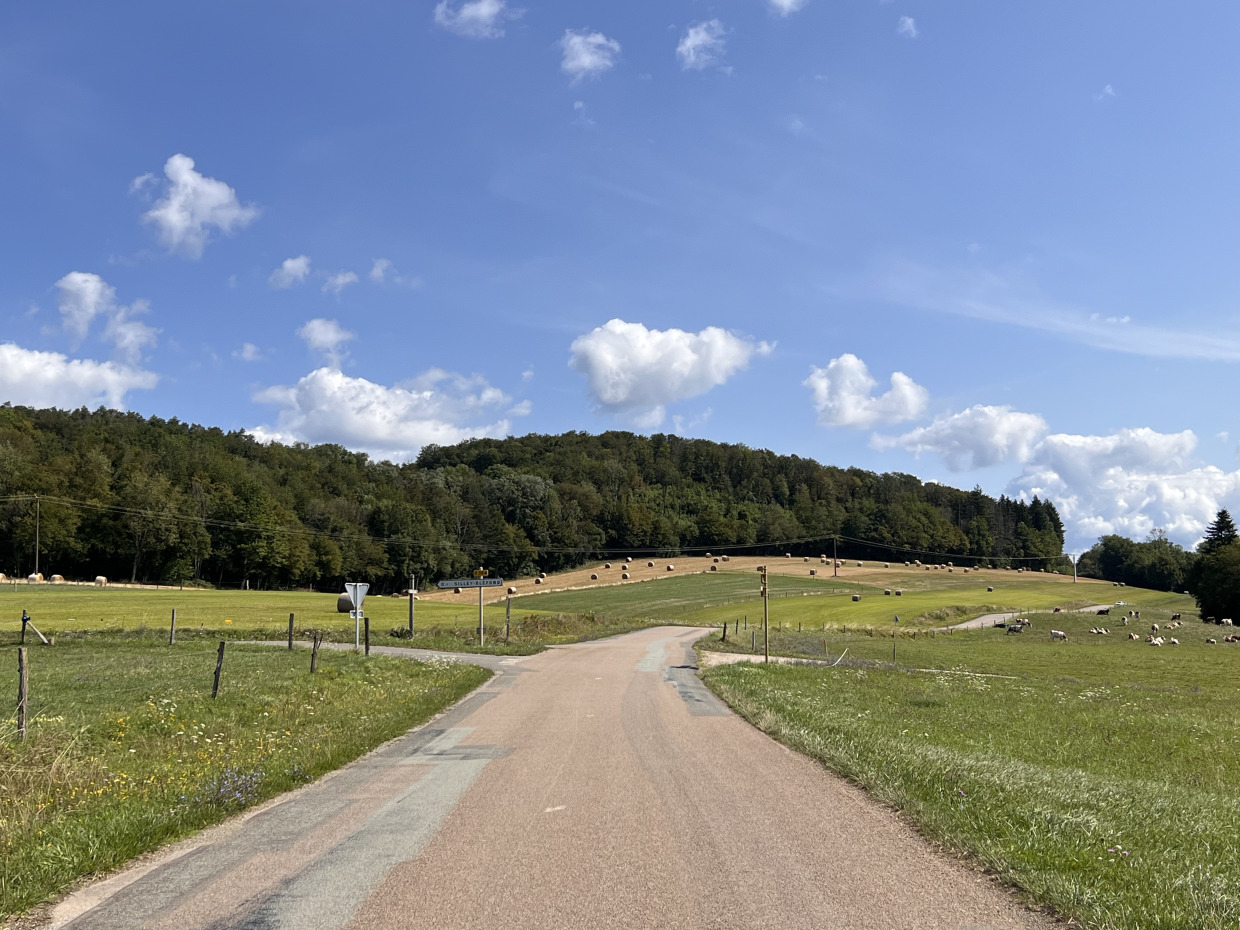
A three-part local column series. The second part introduces how European cyclists actually enjoy the Tour de France. The third part discusses visiting from Japan and introduces courses worth riding. The Alps section is suitable for beginners and intermediate riders, while the Pyrenees section is for advanced riders.
🚴♂️A Journalist with 30 Years of Experience Views It This Way.Tour de France 2024🚴♂️
#01
#02
#03
🚴♂️Other articles by Mr. Yamaguchi about the Tour de France can be found here (external link & Japanese text only)🚴♂️
-The Tour de France started from the ‘Alarm Clock’ on the outskirts of Paris.
-The Unsung Heroes of the Tour de France: Everyone’s Beloved Advertising Caravan Team
-In the beautiful Provence region of southern France, there is said to be a mountain inhabited by demons.
Text_Kazuyuki Yamaguchi
Profile

Kazuyuki Yamaguchi
A sports journalist with 30 years of experience covering the Tour de France. In addition to cycling, he has covered table tennis, track and field, rowing, and others, contributing articles to Tokyo Chunichi Sports among others. He has served in public relations roles for international cycling events held in Japan. His works include ‘Shimano: The Bicycle Parts that Conquered the World – From a Small Sakai Workshop to Global Standards’ (Koubunsha) and ‘Tour de France’ (Kodansha Modern New Books), both available as e-books. He studied French literature at Aoyama Gakuin University’s Faculty of Literature.